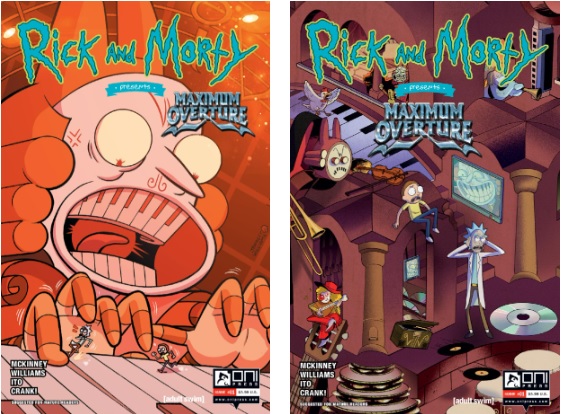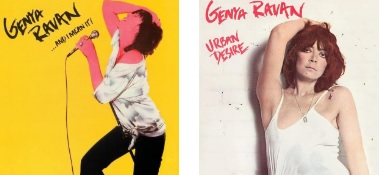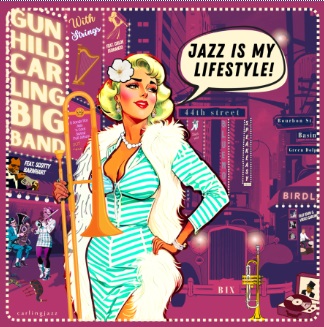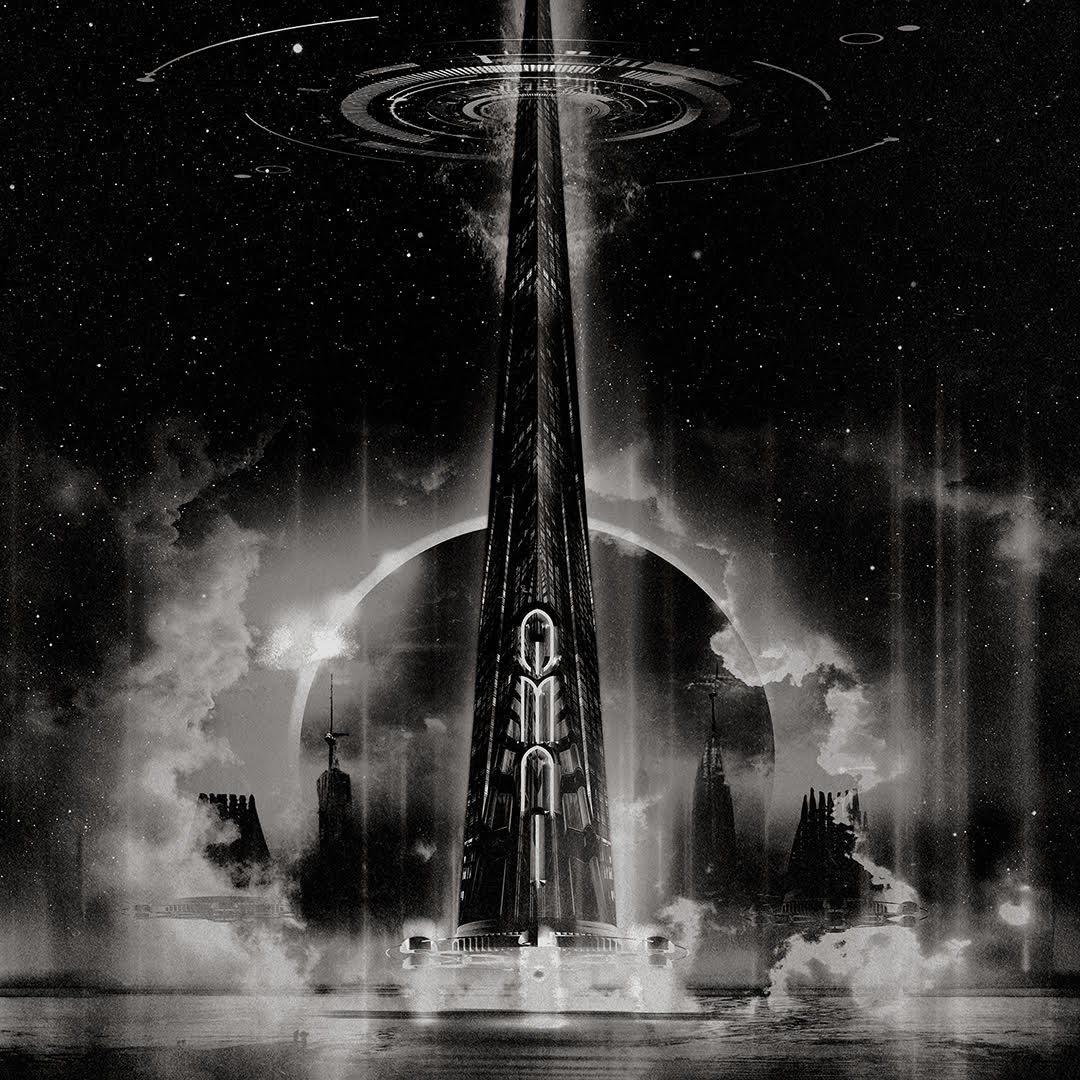
Oni Press this week, released a brand-new story in its Rick and Morty comic book series in the form of Rick & Morty: Maximum Overture #1. The 30-page issue (not counting the cover and credits page) is a peculiar presentation for what may or may not be the first of more stories to come in this story arc. The issue’s art is its primary positive, interestingly enough. This will be addressed shortly. While the artwork proves pivotal in keeping the issue afloat, the story proves somewhat problematic right from its outset. It will be discussed a little later. The dialogue featured throughout the story is both positive and negative. It will also be examined later. Each item noted here plays its own part to the whole of Rick & Morty: Maximum Overture #1. All things considered they make this supposedly first of however many issues of the story arc a somewhat rough start to the potentially bigger presentation.
Rick & Morty: Maximum Overture #1, the apparent first entry in what is supposedly an ongoing story arc for Oni Press’ Rick and Morty comic book franchise, is an intriguing new offering from Oni Press. That is because it is sadly not the strongest start for the apparent series. Its artwork is its main saving grace. Crafted collective by artist Jarrett Williams, colorist Leonardo Ito and letterer Christopher “Crank!” Crank, the artwork exhibited throughout this issue maintains the franchise’s familiar look and style especially in regard to the look of its titular characters. At the same time there is something of a softer, cartoony sense established in the artwork. That blend of leanings makes the overall look endearing to established fans of the series.
On another note, the flashback scenes in which the issue’s villain “Concerto” recalls how he became his current evil self is another notable example of the art’s role in this issue. The gentle use of the sepia tone effect in the flashback helps with the aesthetic impact of the issue.
The background designs presented throughout the issue are also of their own note. The use of the shading deeper in the castle and then the lighter coloring of the final room makes for an interesting look for each room’s setting, too. Between this aspect of the art, the other examples noted and the rest of the artwork, the overall art makes this issue of Rick & Morty at least somewhat appealing.
While the artwork exhibited in this issue of Rick & Morty makes for at least some reason for audiences to read the book, the story proves somewhat more problematic. The story opens abruptly, with Rick and Morty waking up in the castle of Concerto, but it is not until he introduces himself to them as their captor that this is known. Thankfully, that introduction does not take long. The issue at hand is that there seems to be no setup in any prior issue of Rick & Morty to explain how the pair ended up in the castle. Writer David Brockton McKinney does not take any time having Concerto offer any explanation, either. To that end, it appears the duo just randomly wakes up in the castle. Considering that (not to give away too much) Rick and Morty eventually escape the castle, it certainly would have helped to at least have had some background on whether Rick and Morty were captured or accidentally ended up there thanks to Rick’s technology.
What’s more, it seems like McKinney spends an inordinate amount of time emphasizing Rick’s burping and Morty’s stutter. Yes, in other issues both aspects are there in the dialogue, but McKinney seems to utilize these elements in every other line of dialogue from the pair. It is just over used and the result is that said overuse makes it annoying.
On yet another level, the Concerto never even gets around to just telling Rick what he has against him. He offers lots of really funny, random back story, but the bigger question is still left open-ended. As the story ends, a question mark is left, leaving readers wondering if there is going to be a second issue to this story. If a second issue does happen, hopefully readers will get more background on Concerto. Otherwise, what is presented in this issue does little service to the story. What is here just leaves readers to know that Concerto hates Rick. That does little to really keep readers invested in the story. Keeping all of this in mind, the story at the center of Maximum Overture #1 simply comes across as a random, pointless tale that does little if anything for the issue’s presentation.
As much concern as the issue’s story causes for its presentation, the dialogue does present at least some positive. This is despite the noted over use of Morty’s stuttering and Rick’s burping, which easily gets annoying very quickly. One of the best examples of the positive in the dialogue comes from Concerto’s explanation of his back story. Monologuing is so common place for villains and it is just as entertaining here as in so many other property’s cases. The story that Concerto presents (at least what he does present) is so random that readers cannot help but laugh.
On yet another note, the sarcastic lines that Rick and Morty share about Rick wanting to use the phrase “Buzz The Tower” is another funny example of the dialogue’s role in the issue. Rick’s desire to use a witty one-liner comes across through these moments as a commentary about how so many writers use this element throughout the entertainment industry. Seeing the dialogue on this come back up over and over again is sure to generate its own share of entertainment. Keeping all of this in mind, the dialogue used in this issue of Rick & Morty proves just as important to the issue as its artwork. When the two items are considered together they prove to be the issue’s saving graces.
Rick & Morty: Maximum Overture #1 is an intriguing new presentation from Oni Press’ ongoing comic book series. Its artwork presents plenty of familiarity for readers. That familiarity in the overall look of the book generates its own share of interest and proves pivotal to the issue considering the concerns raised through the issue’s story. So much information is omitted in the story here. Information that hopefully will be provided in the issue’s follow-up – if a second issue even happens. The dialogue works with the story to make the story at least somewhat more engaging. When it is considered along with the issue’s art, the two elements collectively become the issue’s saving graces.
More information on this and other titles from Oni Press is available at:
Website: https://onipress.com
Facebook: https://www.facebook.com/onipress
Twitter: https://twitter.com/onipress








